Can an epic ride really change your life? Meet Chris Donaldson, whose unplanned 39,000 mile odyssey still burns bright forty years later. Bright enough to write a vivid book from his original diary. Bright enough to keep the motorcycle he rode. Bright enough to want to finish the intended journey on that same bike at the age of 63. Interrupted then by a revolution and now by a pandemic, Chris remains undeterred. And his incredible story proves the best thing about epic rides isn’t that they grow you up, but that they guarantee the best part of you never will.
Show Notes
Those keen of ear will have noticed some strange internet noises during this interview. Sorry about that… the battle with satellite connectivity continues, though I’m promised that there might be an alternative by spring. Fingers crossed. In the meantime, thanks for putting up with it, and with my complaining.
If you’d like to hear a little more about the original trip, Chris Donaldson was interviewed on Adventure Rider Radio exactly a year ago, when the book first came out. You can find that conversation here, or wherever you get your podcasts.
Chris Donaldson’s book is called ‘Going The Wrong Way’, and depending on where you live, you can purchase it on Amazon or directly through Chris’ web site, which is here. Do yourself a favour, though, and visit his site even if you buy the book elsewhere. One of the most amazing things about this story is that Chris was able to get, and keep, so many candid photographs from the original trip, so don’t miss the gallery. Meanwhile, the image of young, grinning, fearless Chris on the cover is timeless.

And so, apparently, is this Moto Guzzi. Below, Chris Donaldson today, en route once again to Australia.
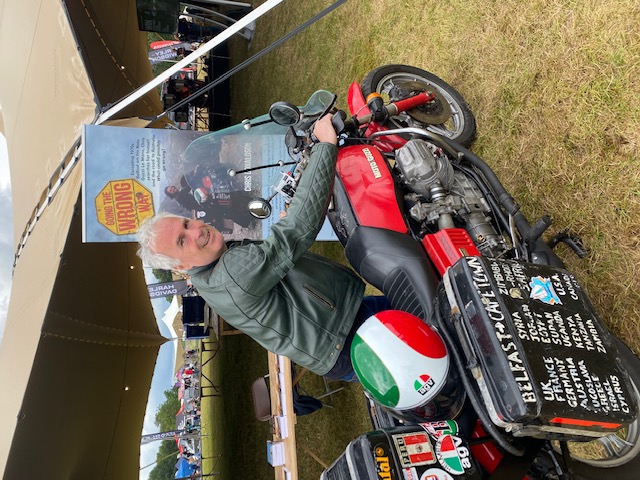
At the end of ‘Going The Wrong Way,’ Chris has included a delightful easter egg for readers, a poem by C. P. Cavafy called “Ithaka”. It’s a lovely and perfect summary of the truth that this episode, his book – and perhaps Chris’ life – are really about. If you’d like to read it, you can find the full text here. I hope it inspires your own journey as much as it does mine.
If you’re not familiar with the Moto Guzzi Le Mans, Wikipedia will be happy to get your feet wet. You’ll find that article here. Besides being one of the great Guzzis of all time, it’s also one of the most important classics of its era. You can still find its styling cues on Guzzis today, along with a fiercely dedicated following. Besides being a Guzzi fan, I’m not sure why it delighted me that Chris rides one of these and not a more predictable Brit bike. I should have asked him, I guess… instead, I’ll just put it down to youthful rebellion.
What I would have paid to listen in on Chris and Ted Simon talking about their adventures, and about writing. I have to confess that I haven’t yet read Jupiter’s Travels… it’s one of those canonical motorcycling books that is so inevitable we somehow never actually get to it. Now, I will. Ted Simon helped cast the die for modern adventure motorcycle travel, and for how to write about it. A remarkable person. Here’s an interview with him.
As you heard, Chris aims to finish this trip (I’m told the riding in Australia will make it worth the effort, although he may not want to avoid the desert bits). Here he is below with his ‘young’ traveling companion on Guzzi’s V85TT.

After our conversation, Chris offered to share some notes on the adventure ahead, and here they are, complete with his darkly funny working title.
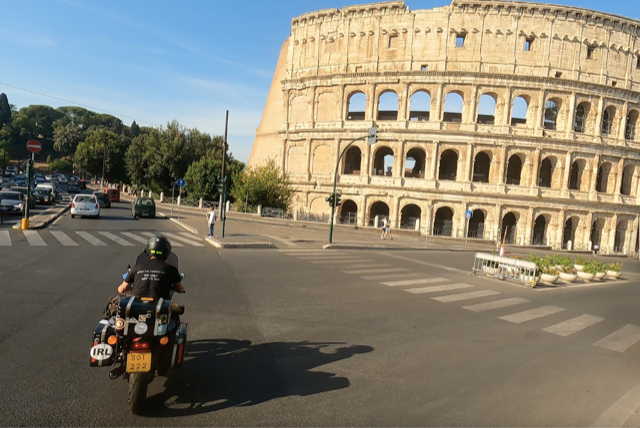


Photo: SimonHardemanMusic.com
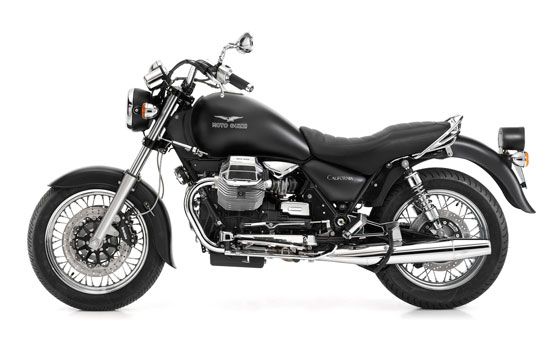
As always, the theme music for this episode was arranged and performed by Harry Bartlett.
Don’t forget to check out my new store for TML merch… the link is at the top of this page. And finally, a nudge to scrounge up a few bucks from the couch cushions and make a contribution to the Movember Foundation in the name of this podcast… just click on the moustache below. Especially now, they could use all the help you can give them, and you’ll be letting me know how much you value this content. Thank you!


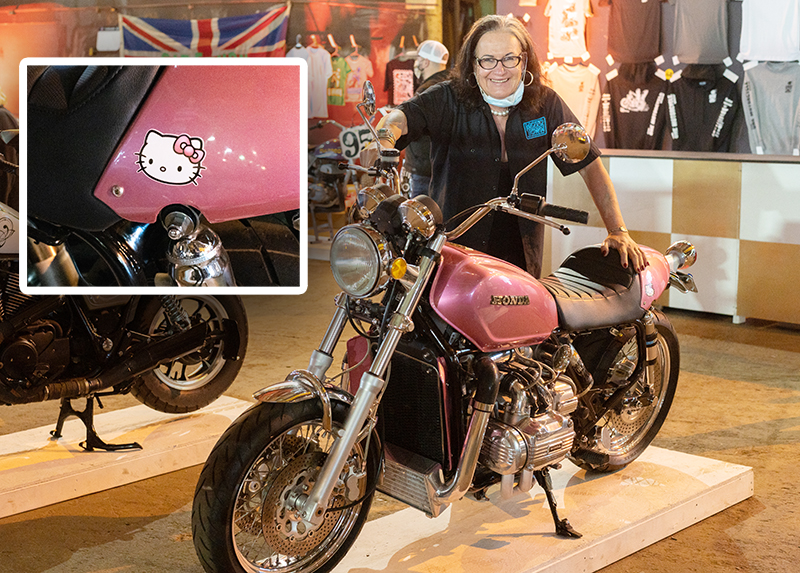

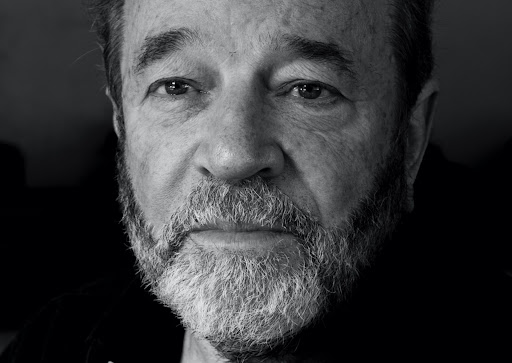
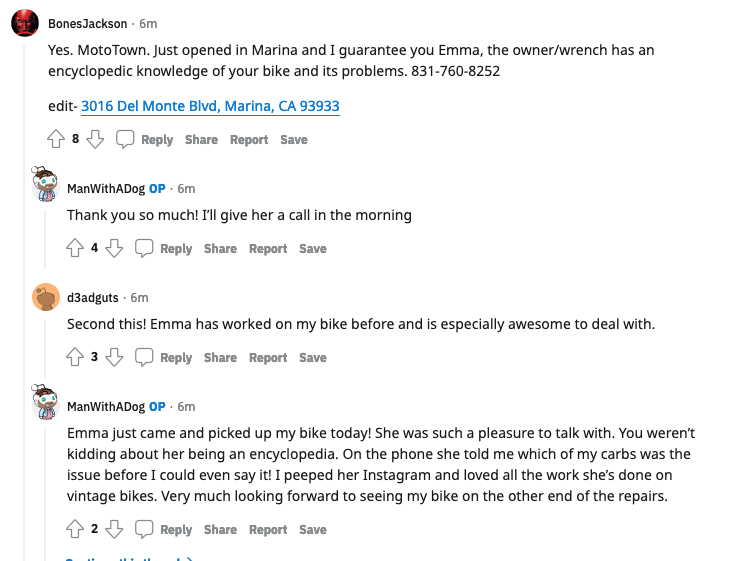
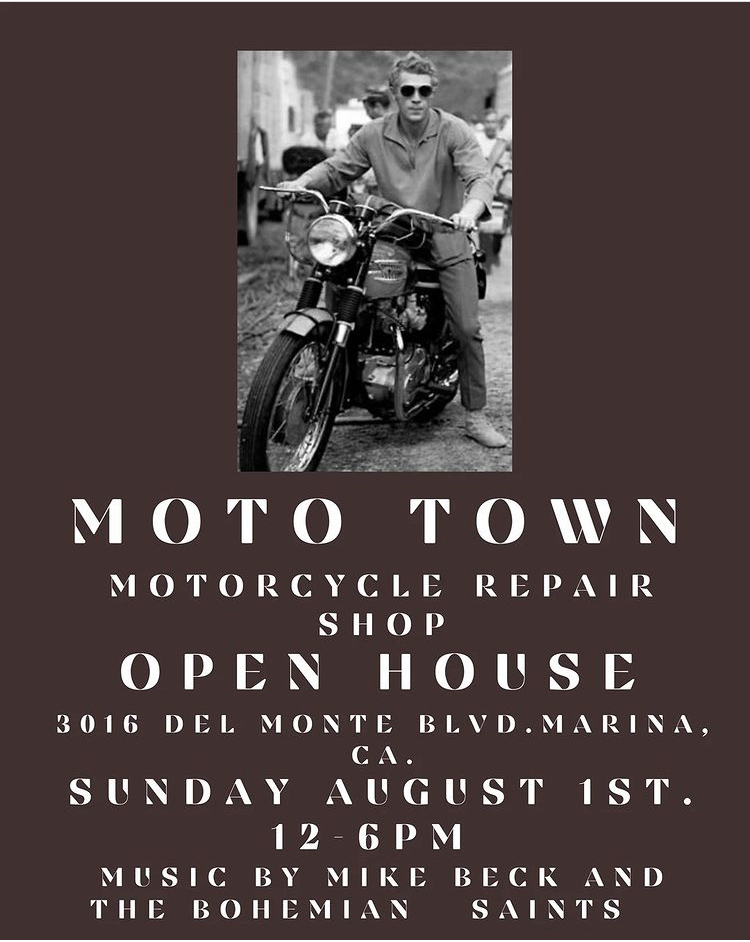





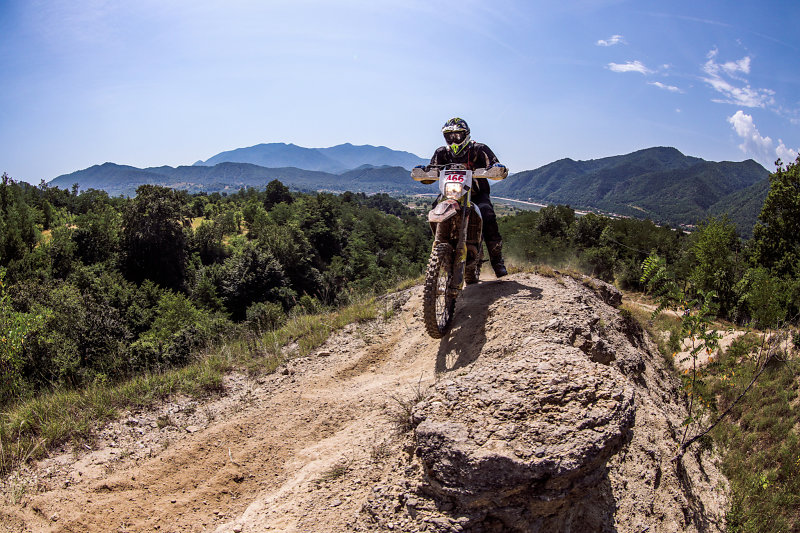

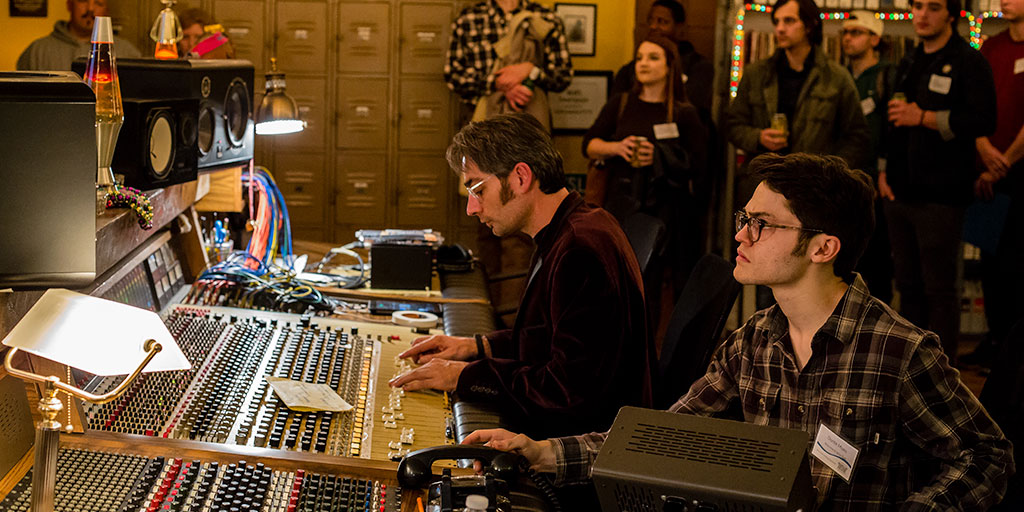

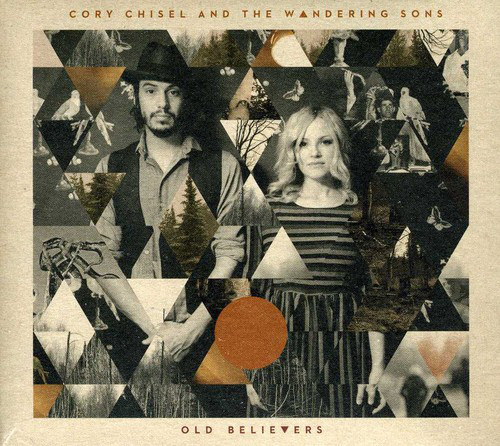
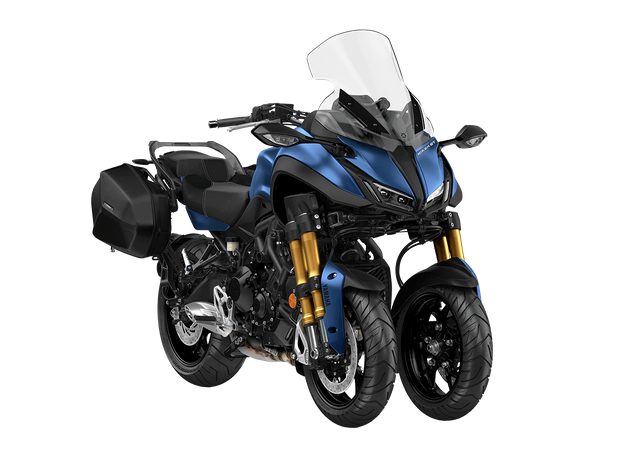


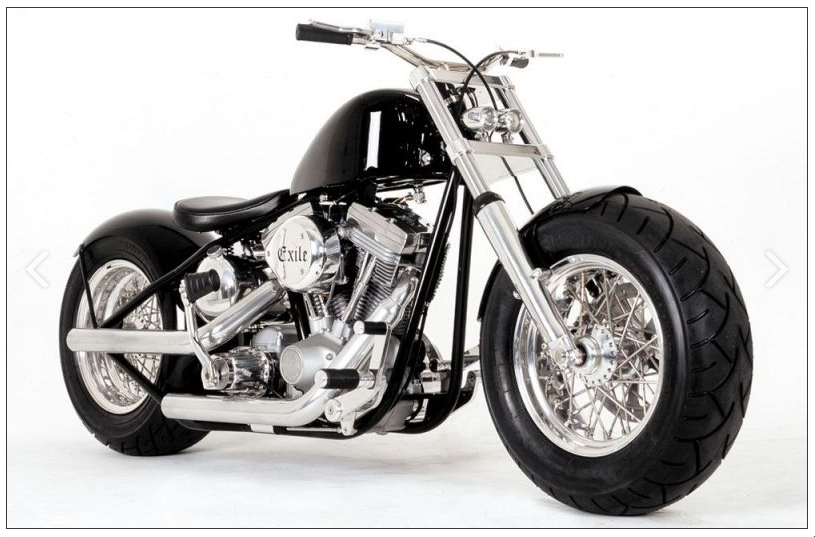
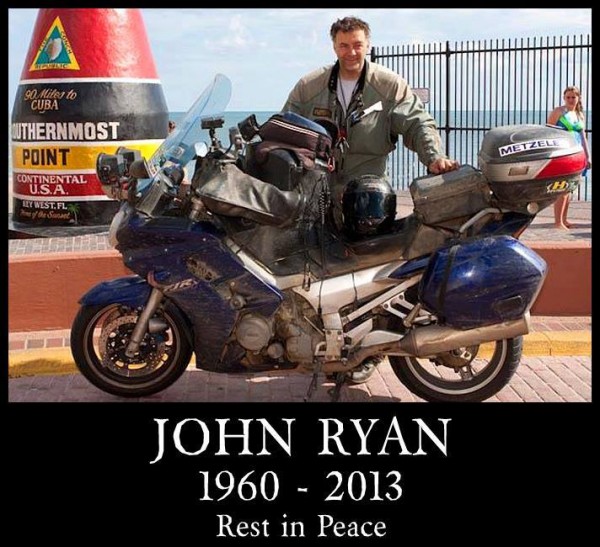
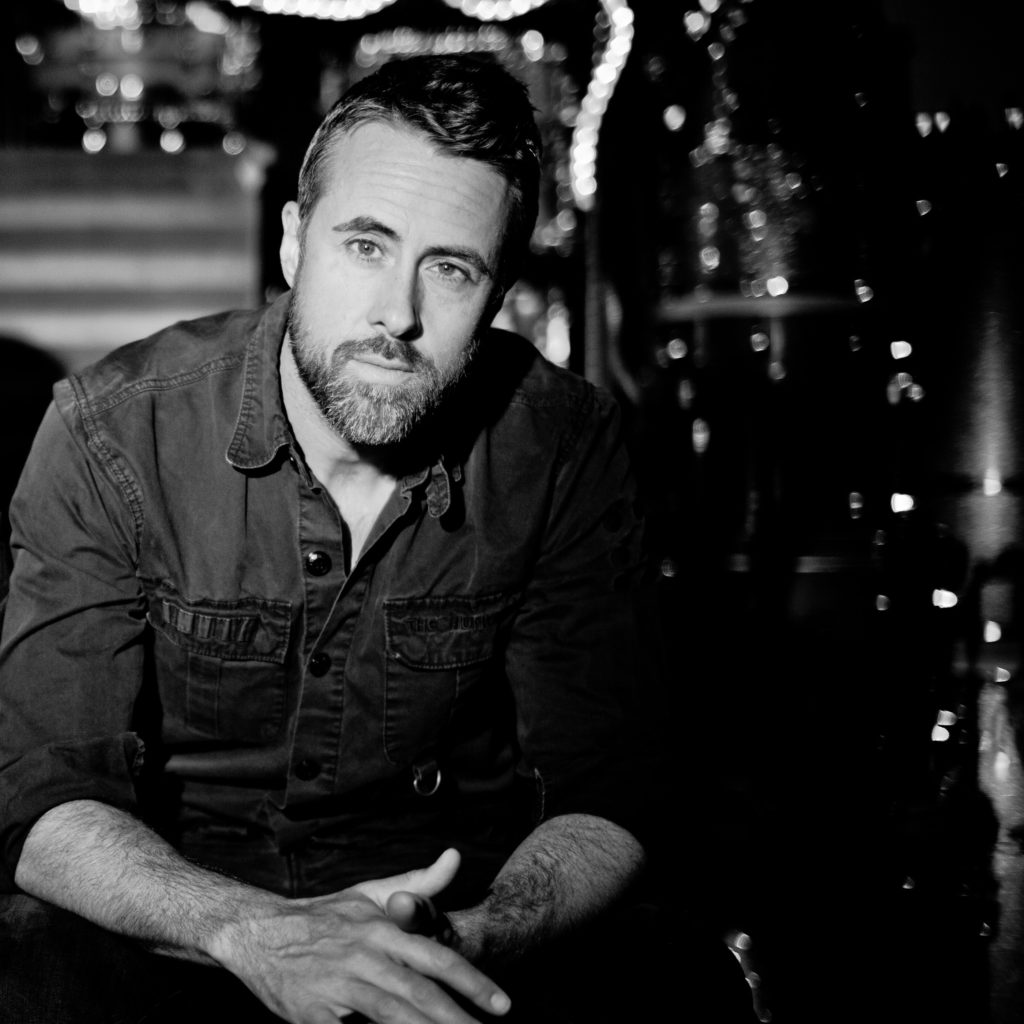
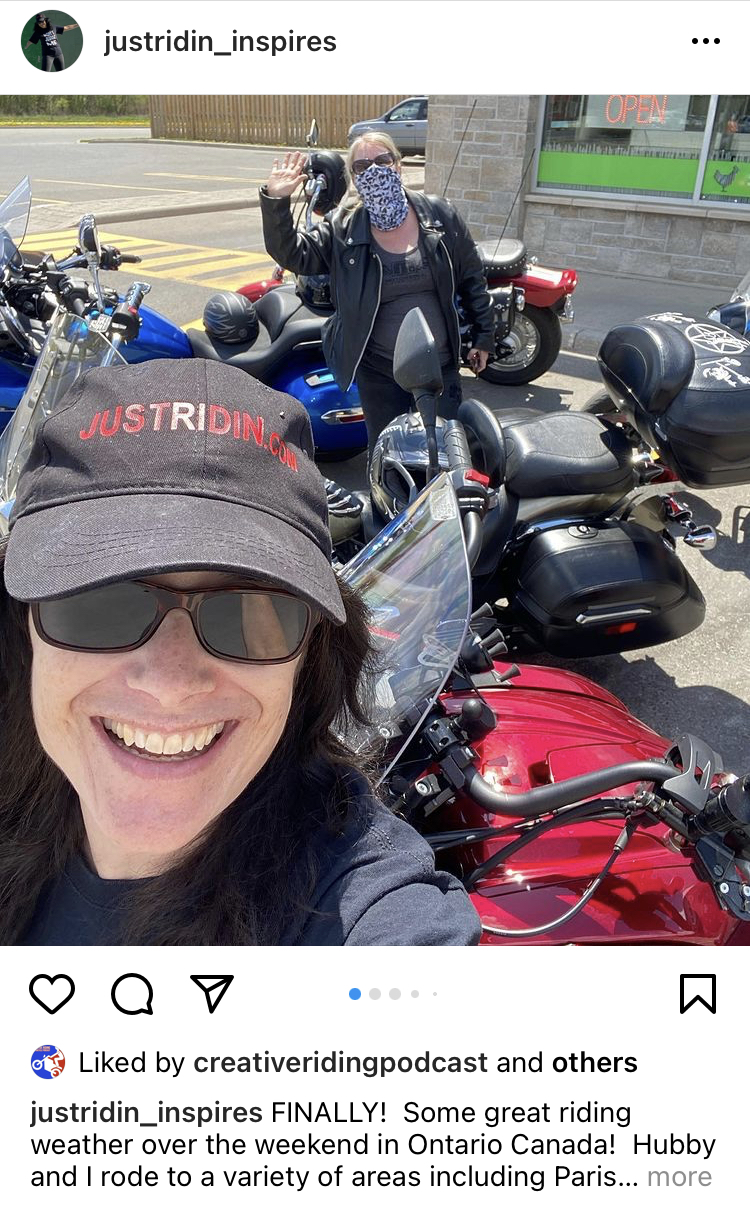

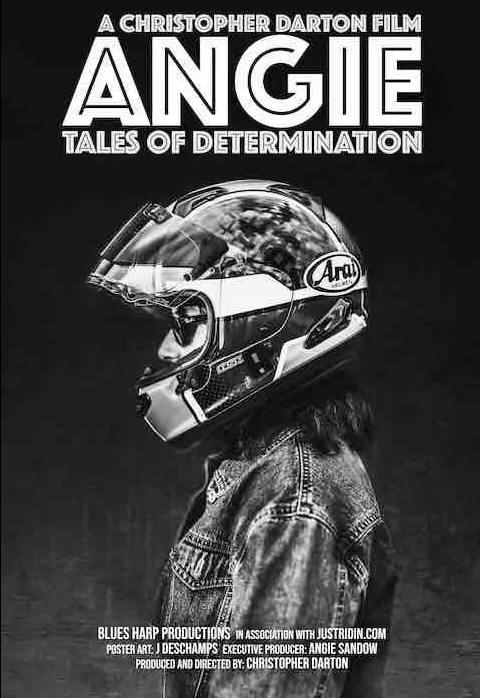

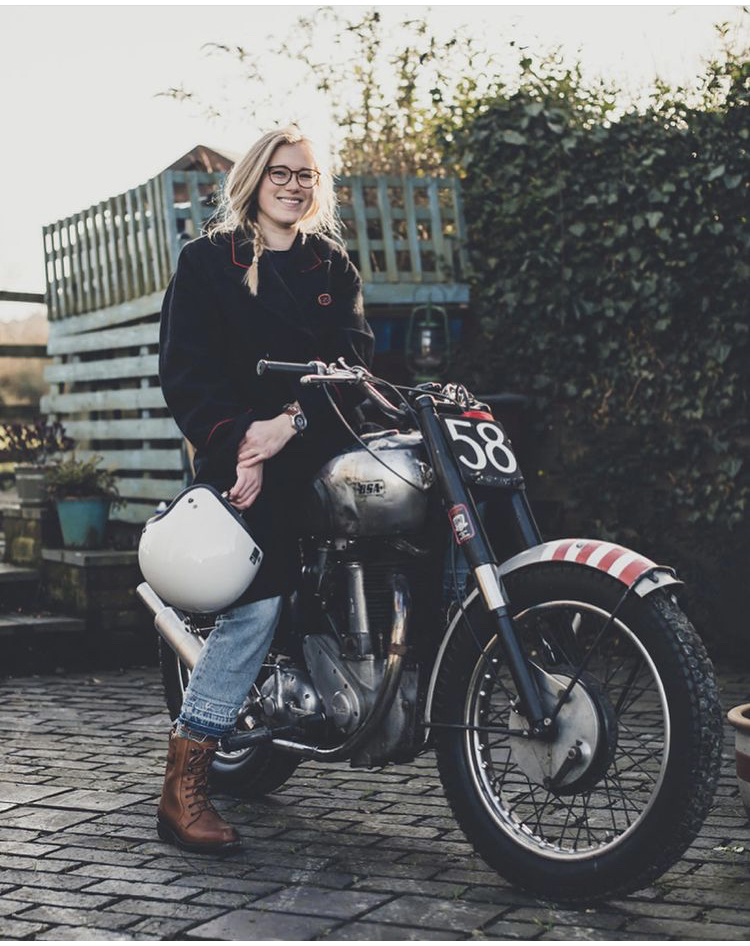

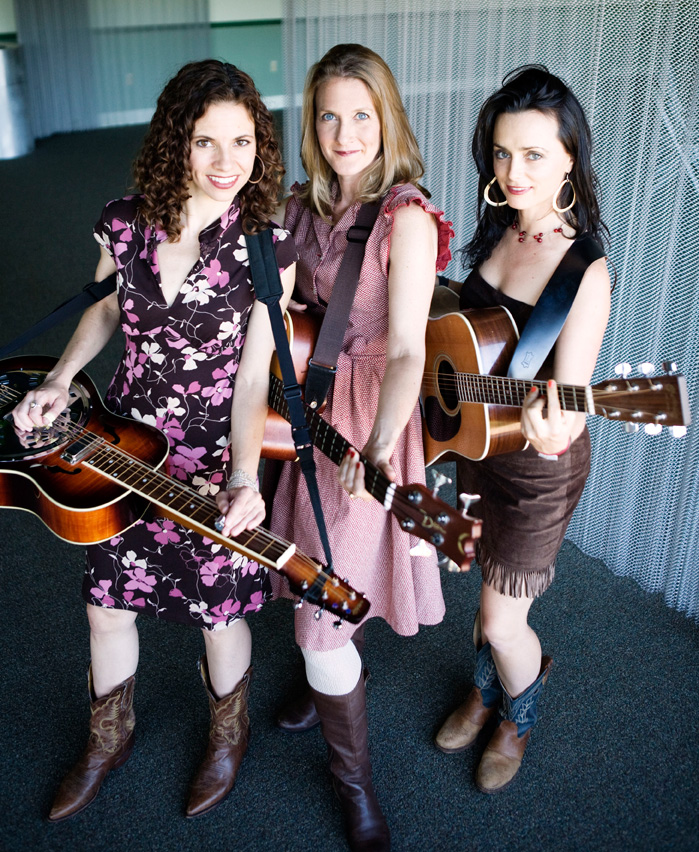


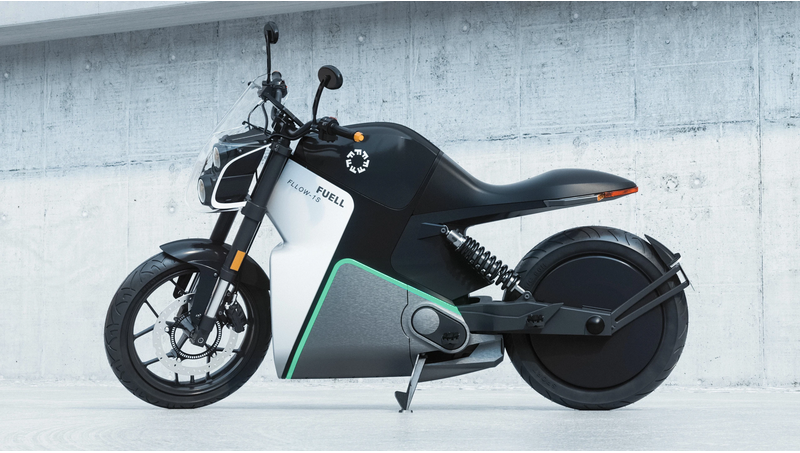
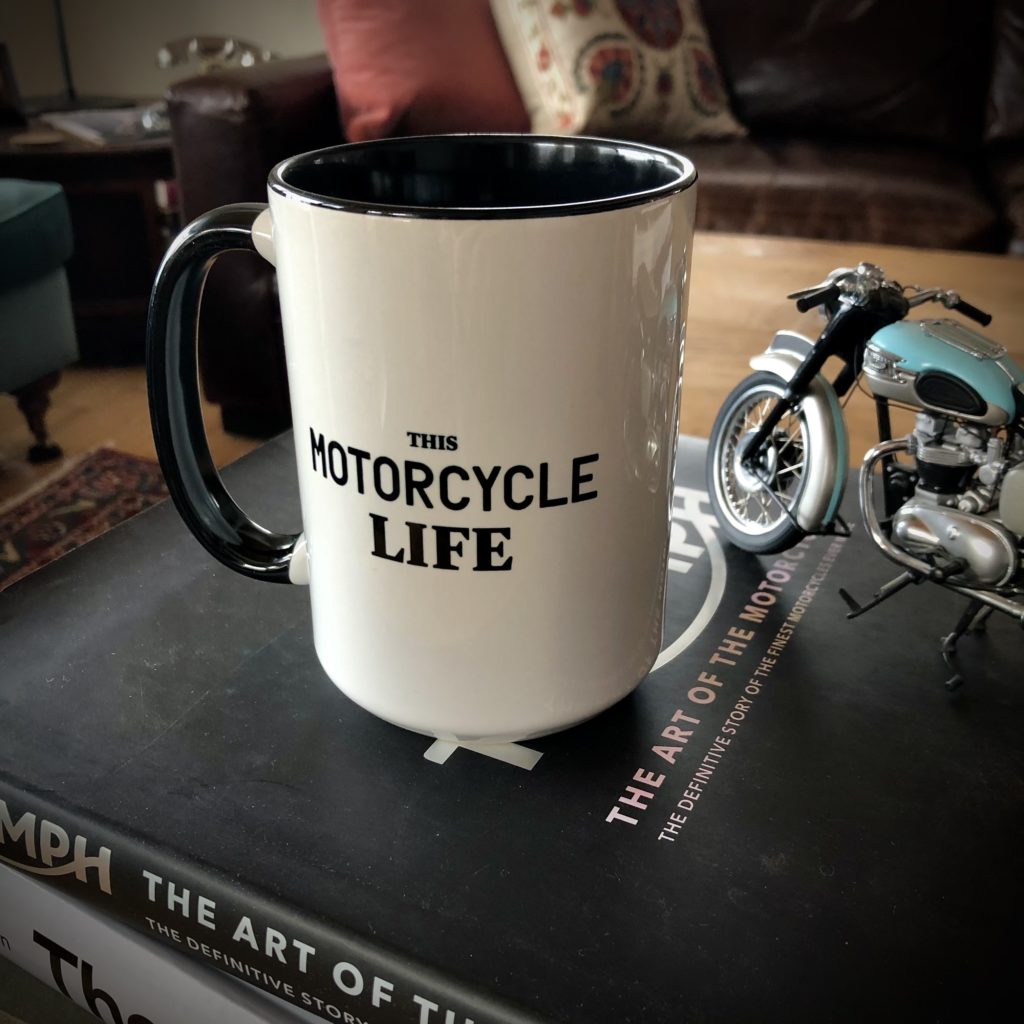
Recent Comments